When people think about core training, they often focus on abs—but forget the vital muscles along the spine that hold everything together. The erector spinae, a group of muscles running parallel to the spine, are essential for posture, injury prevention, and daily movements like standing, bending, and lifting. For beginners, developing strength in this area isn’t just about aesthetics—it’s foundational for long-term health and performance.
Why the Erector Spinae Matter
The erector spinae includes three muscle columns—iliocostalis, longissimus, and spinalis—that stabilize and extend the spine. These muscles help you stand tall, maintain a neutral spine during lifts, and avoid common issues like lower back pain or slouching.
If these muscles are weak or neglected, other muscle groups begin compensating, leading to imbalances and potential injury. That's why beginner-friendly erector spinae exercises can have a lasting impact on your fitness journey.
1. Bird-Dog
Why it works: This simple bodyweight exercise builds coordination and teaches you how to engage your entire posterior chain without straining the lower back.
How to do it:
-
Begin on all fours, wrists under shoulders, knees under hips.
-
Extend your right arm and left leg simultaneously.
-
Hold for 2–3 seconds, focusing on keeping your hips level.
-
Return to the starting position and switch sides.
Tip: Move slowly and with control. This is about activation, not speed.
2. Superman Hold
Why it works: It directly targets the erector spinae with a static contraction, helping build endurance and awareness in the lower back muscles.
How to do it:
-
Lie face-down on a mat.
-
Extend your arms and legs straight.
-
Lift your chest, arms, and legs off the ground.
-
Hold for 10–30 seconds, breathing steadily.
Tip: Avoid jerky motions. Focus on engaging your glutes and back evenly.
3. Glute Bridge
Why it works: Though it primarily targets the glutes, this move also recruits the spinal erectors as stabilizers. It’s ideal for beginners who need to build strength with minimal risk.
How to do it:
-
Lie on your back, knees bent, feet flat.
-
Press through your heels to lift your hips.
-
Pause at the top, keeping a straight line from shoulders to knees.
-
Lower slowly.
Tip: Don’t overarch your back. Keep your core slightly braced.
4. Standing Hip Hinge (Bodyweight Romanian Deadlift)
Why it works: This movement pattern teaches you how to hinge at the hips—crucial for protecting your spine during more advanced lifts.
How to do it:
-
Stand tall with feet hip-width apart.
-
Place hands on your hips or reach in front.
-
Slowly push your hips back, keeping your spine neutral.
-
Return to standing once you feel a stretch in your hamstrings.
Tip: Imagine closing a car door with your hips. Your back should stay flat, not rounded.
5. Resistance Band Good Mornings
Why it works: It mimics the hip hinge while adding light resistance, helping strengthen the spinal erectors without the need for weights.
How to do it:
-
Step on a resistance band, loop the other end over your shoulders.
-
Stand tall, then slowly hinge forward at the hips.
-
Keep a slight bend in your knees.
-
Squeeze your glutes and hamstrings to return to standing.
Tip: Start with a light band. Form is more important than resistance.
A Personal Note on Back Strength
Early in my training, I focused almost entirely on what I could see in the mirror—chest, abs, arms. I ignored my lower back until it started to limit my progress. My posture slouched, I felt tightness after long days at a desk, and deadlifts became a struggle. It wasn’t until I incorporated consistent erector spinae exercises like bird-dogs and good mornings that everything began to change. Within weeks, my lifts improved, my core felt more stable, and even everyday tasks like carrying groceries became easier. Back strength doesn’t just enhance your workouts—it supports your life.
Final Thoughts
Training your erector spinae is not about lifting heavy from the start—it’s about building a strong foundation. For beginners, starting with controlled, functional movements can lay the groundwork for everything from better posture to safer squats and deadlifts later on. Whether you’re in the gym or working out at home, a few targeted exercises each week can make a big difference.
Prioritize form, stay consistent, and give your spine the support it deserves. Your future self will thank you.




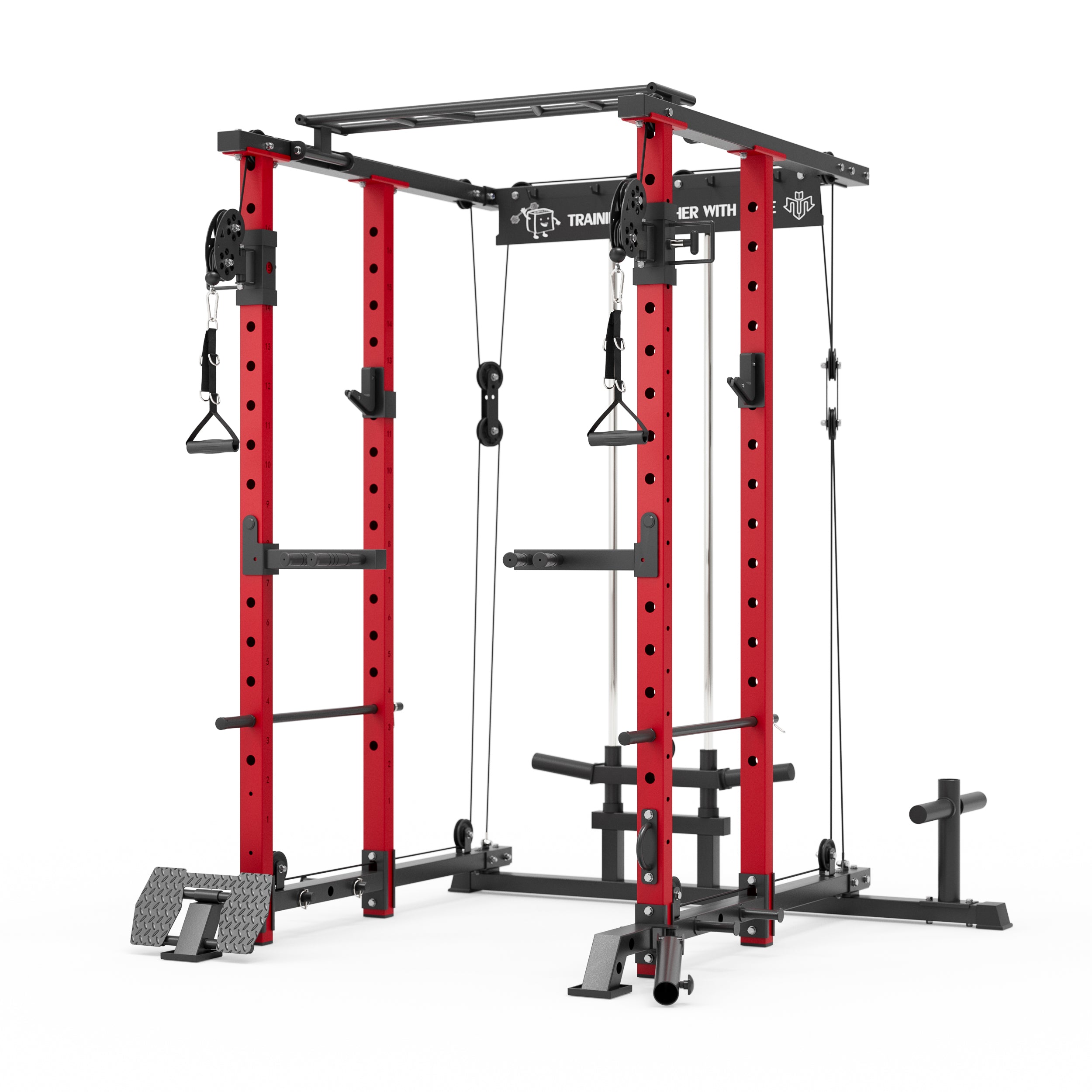


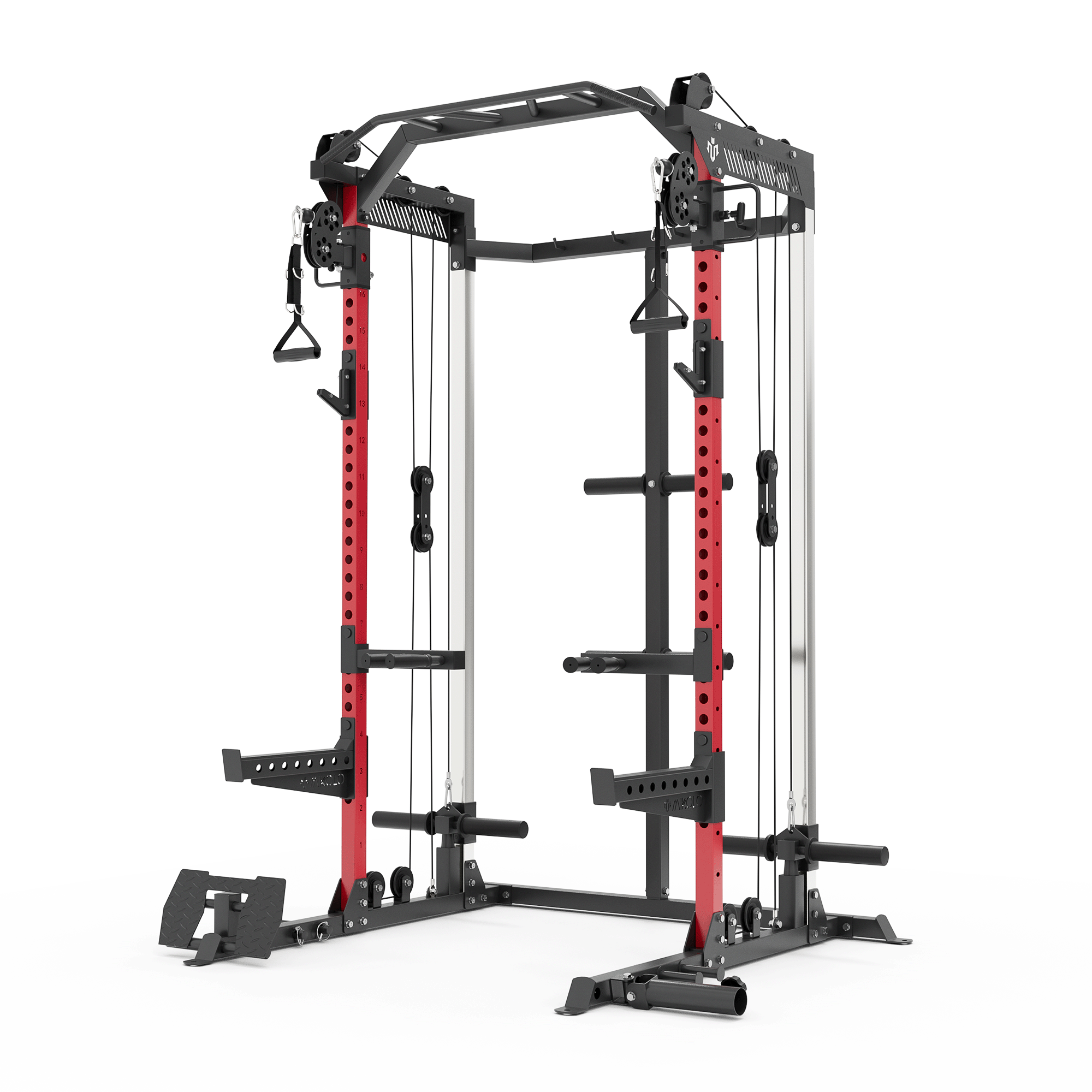




















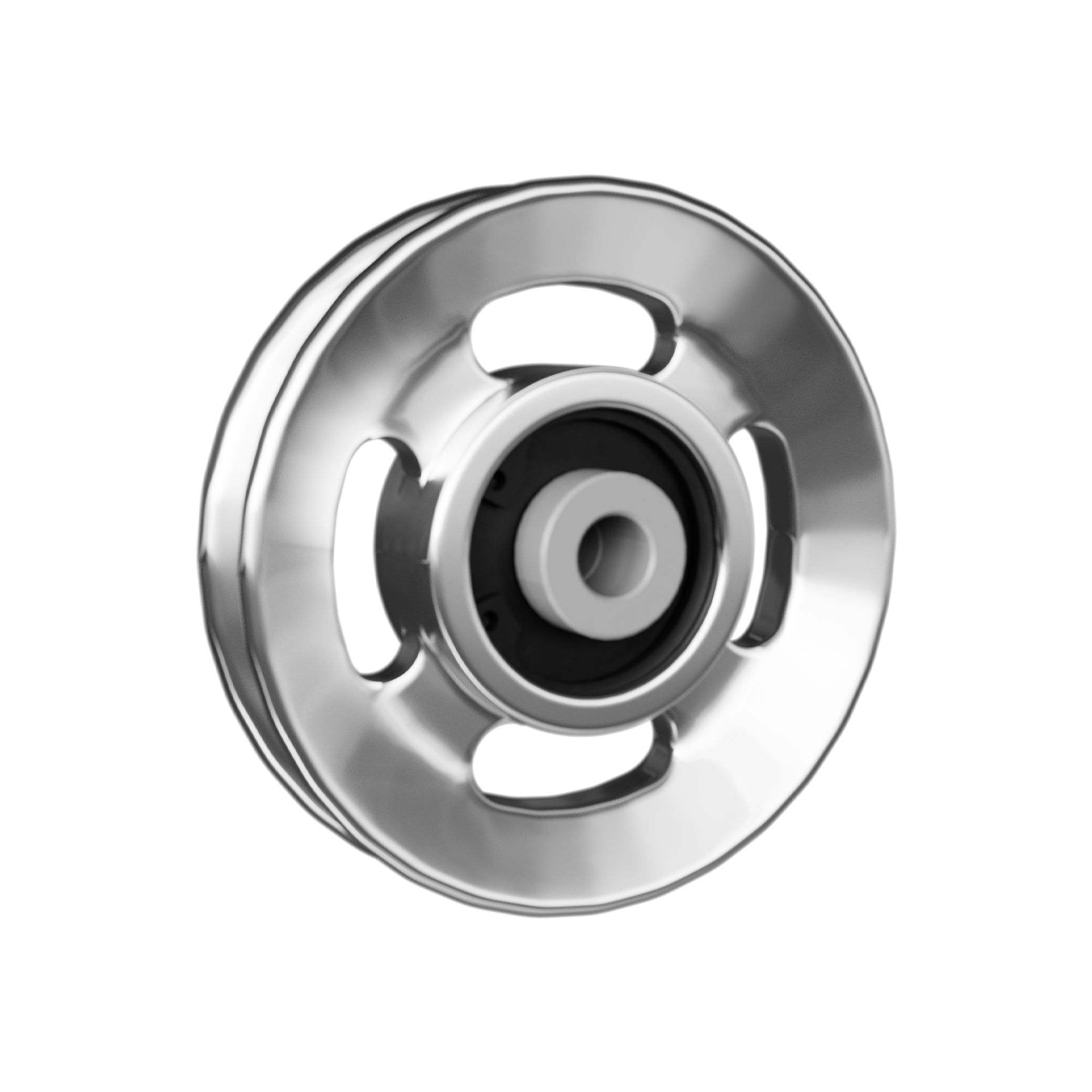



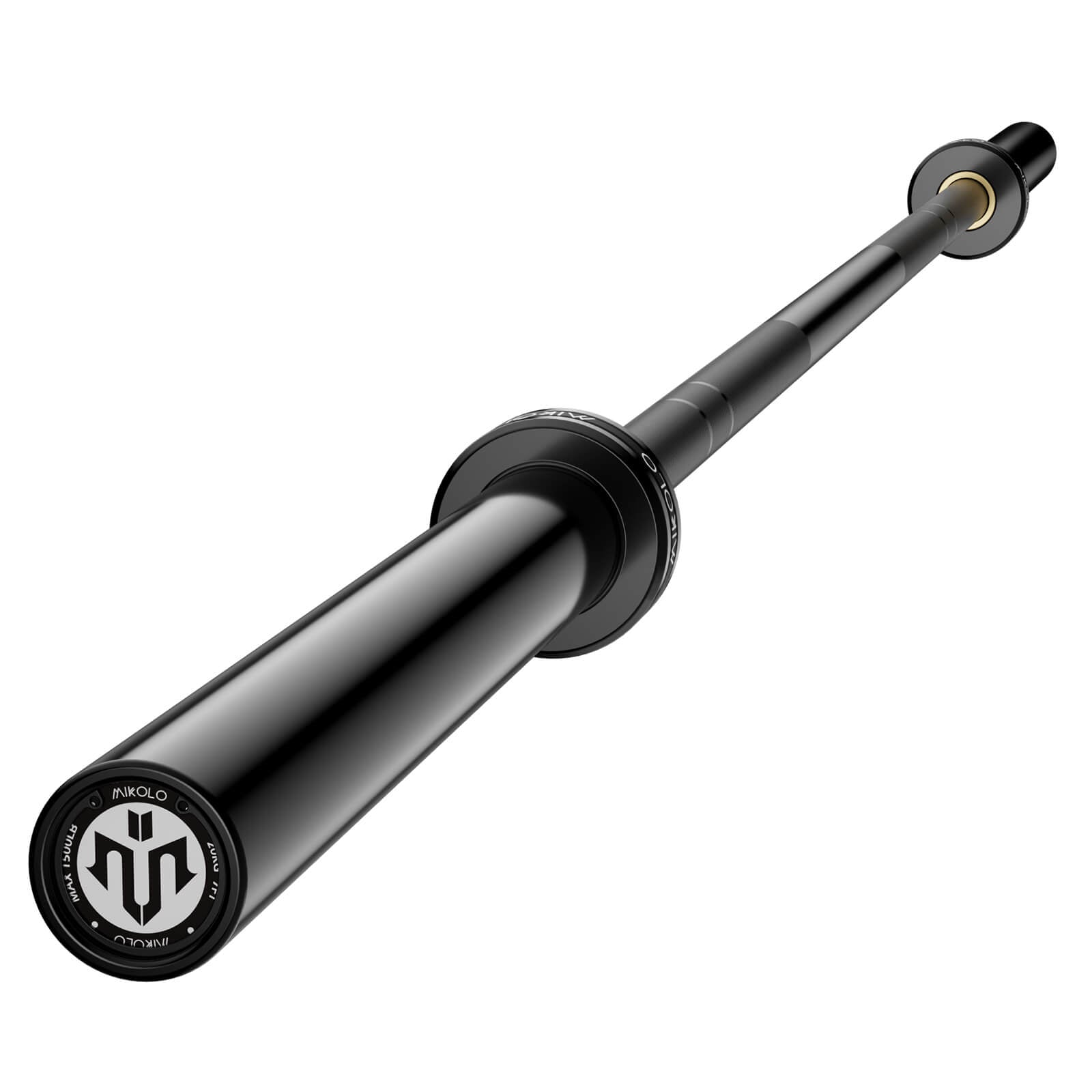




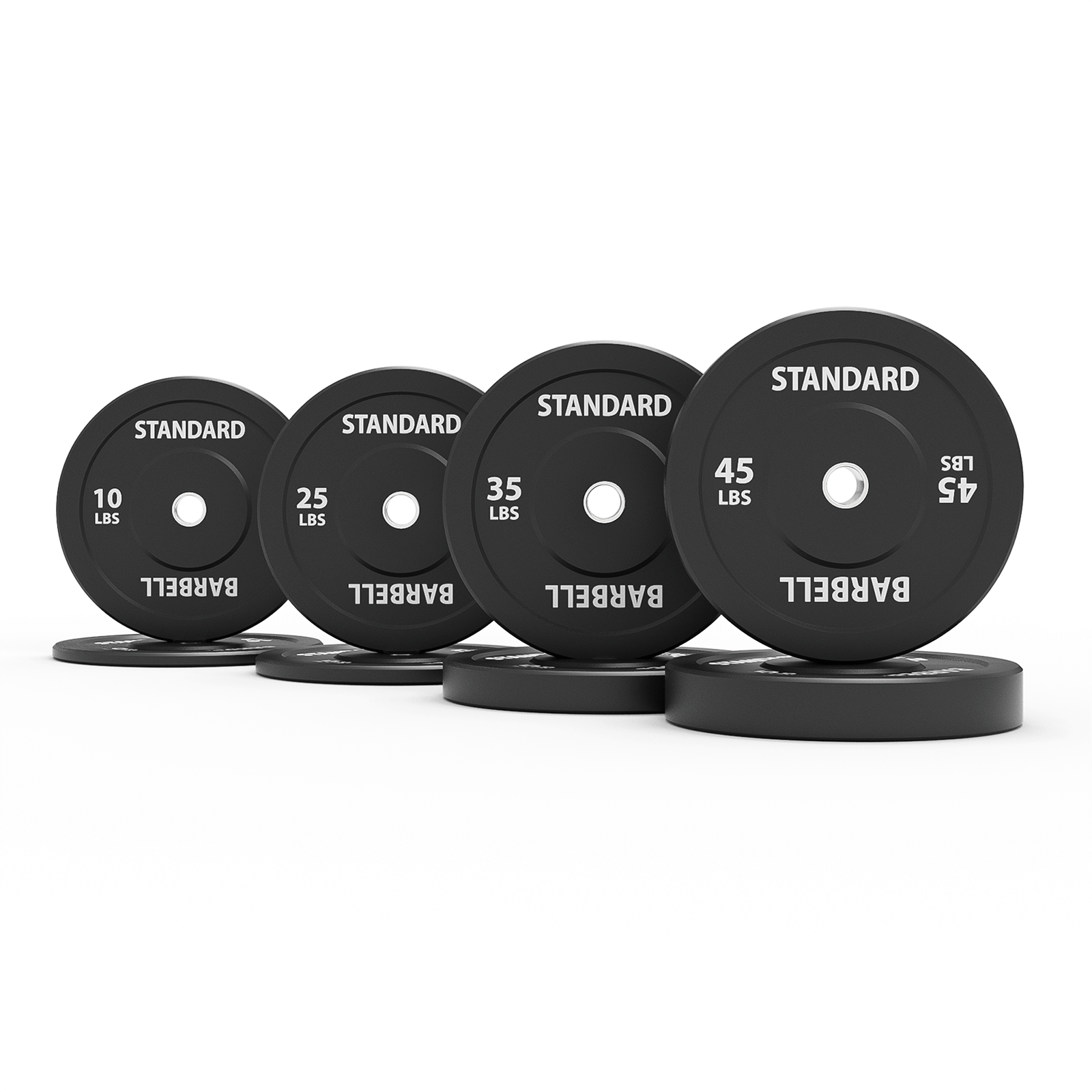




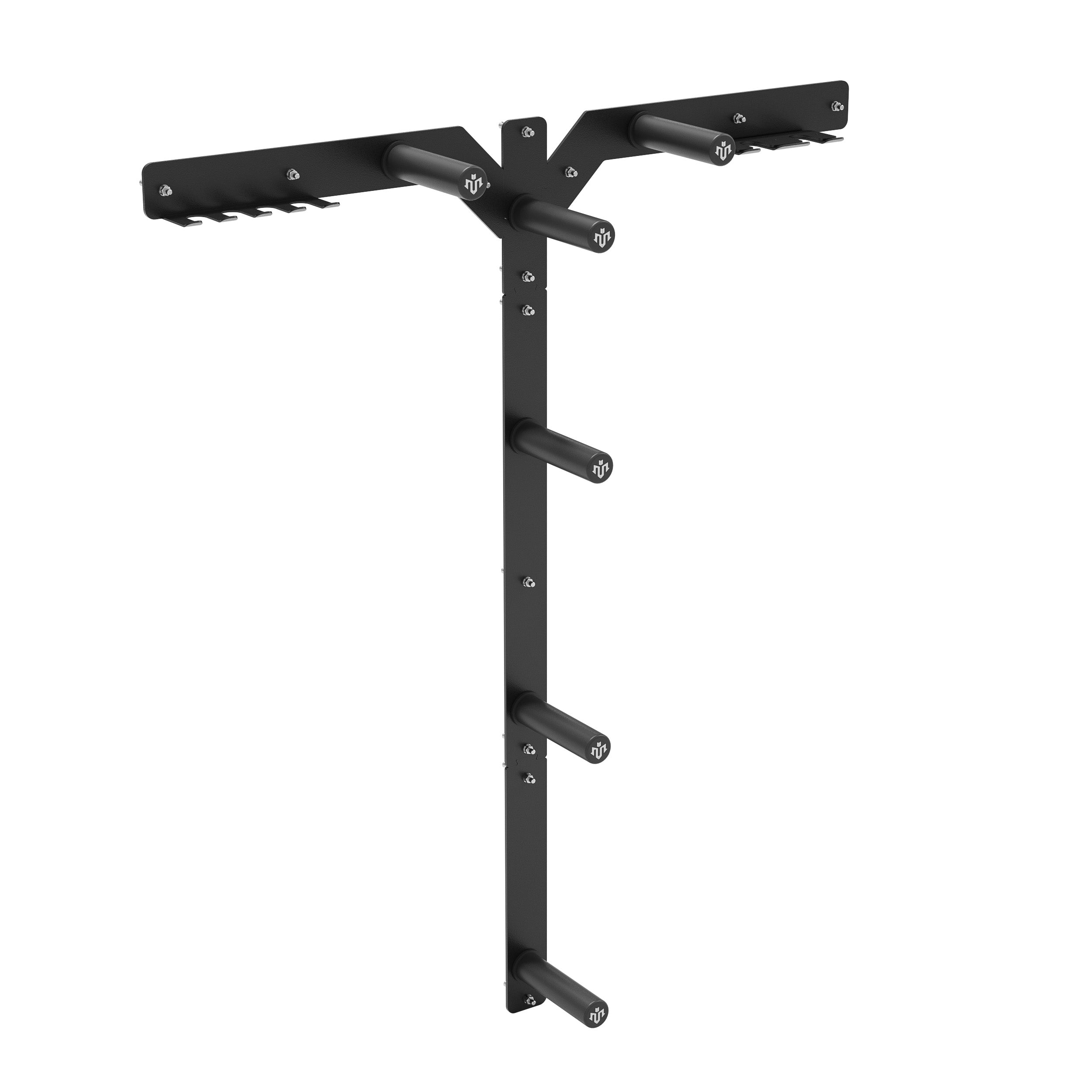




Leave a comment
This site is protected by hCaptcha and the hCaptcha Privacy Policy and Terms of Service apply.